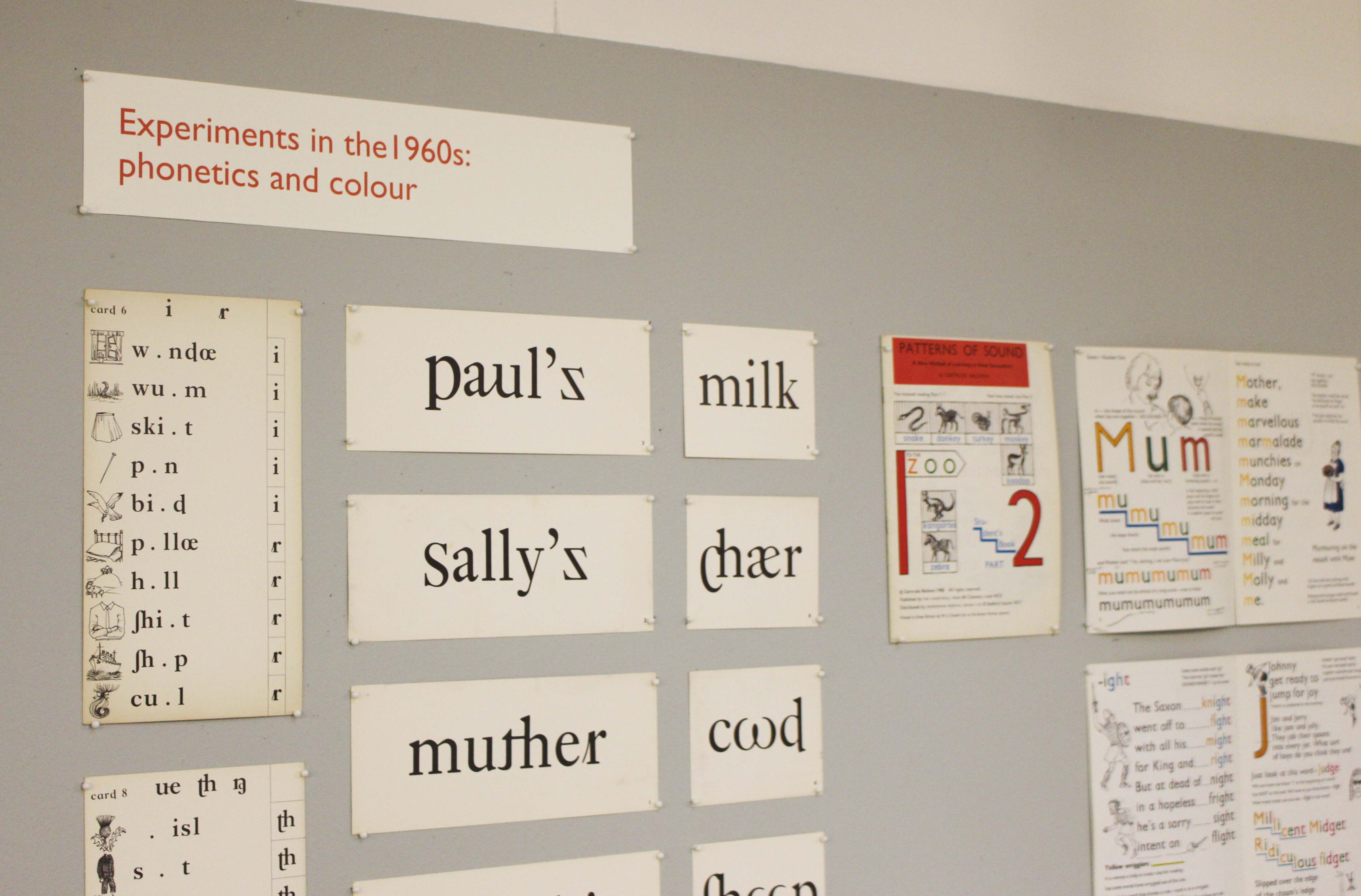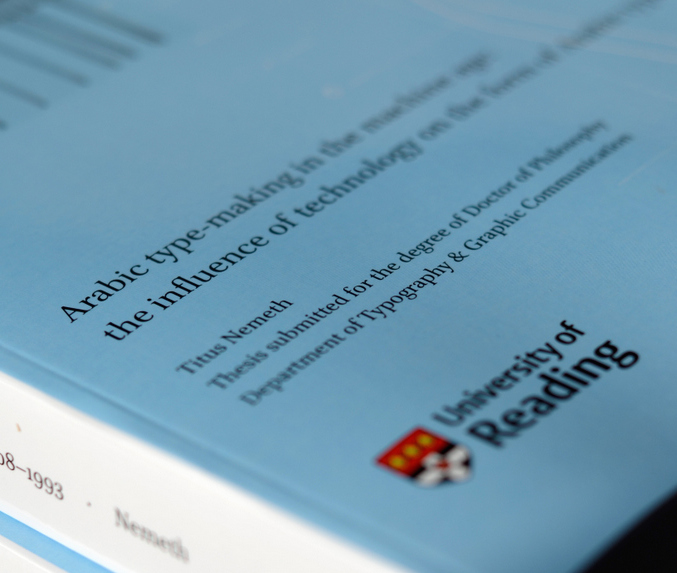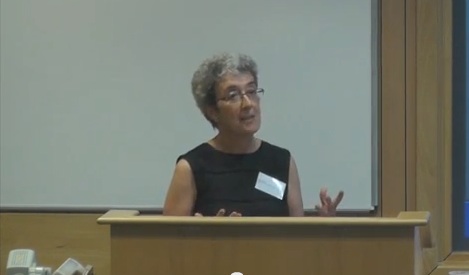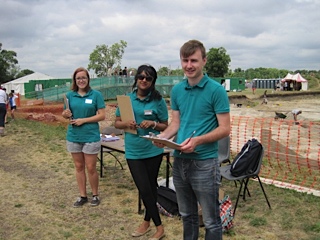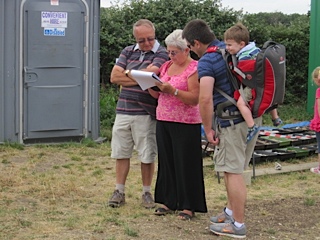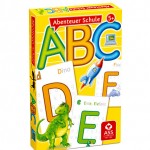
Last week saw the launch of the Berkshire Healthcare handbook for carers of people with dementia. The handbook is the product of a joint research project between Centre for Information Design Research and Berkshire Healthcare Foundation Trust to understand the information needs of carers of people with dementia and respond with an appropriately designed resource. Once the handbook itself has been launched our research will continue, to examine how it is used; and the complete process of initial research, design development and user feedback will be made public so that it can be used by other healthcare organisations, in the UK and elsewhere. The project has been commissioned by Berkshire West Confederation of Clinical Commissioning Groups as part of their response to the Prime Minister’s Dementia Challenge which was set up to encourage innovative approaches to dementia care.
Although there has been increased media coverage of dementia over recent years, it is still a poorly understood condition, and most people have no idea of the medical and social support services that are available to help someone with dementia stay independent. The handbook aims to fill gaps in people’s understanding and provide practical tools that will help family members and friends who are looking after someone who has dementia.
The handbook has been developed with the input of scores of carers, who have contributed to interviews about their experience, reviewed drafts of the handbook content and commented on design prototypes. Similarly, professionals from Berkshire Healthcare’s dementia services have also given their input, helping shape the handbook from the beginning of the project. Involving people who will use information resources in their development is standard practice at Centre for Information Design Research and the Cochrane Review has recently cited evidence for the effectiveness of health information that is developed with the input of its potential users.
The collaboration between CIDR and Berkshire Healthcare started with the development of a pain assessment questionnaire for carers to complete, to help doctors understand the pain symptoms of people with dementia who were admitted to hospital and to adjust their pain medication accordingly. This questionnaire has been trialed successfully at the Royal Berkshire Hospital and is now being presented at geriatric medicine conferences as an example of the positive impact of empowering dementia patients’ carers to contribute to the process of care.
Centre for Information Design Research is now carrying out a range of projects relating to health care, including tackling medicines waste, increasing the detection and treatment of acute kidney injury in hospitals and documenting assessments of patients’ capacity to make decisions about their treatment.
The Dementia handbook for carers has been designed as a paper resource, which is what research showed carers needed. The boxes of copies taken to the launch were snapped up, with comments from carers that it was just what they had been looking for. But it can also be accessed on-line at www.berkshirehealthcare.nhs.uk/dementiahandbook.
The Handbook has featured on Meridian TV, BBC Radio Berkshire and Jackfm.





